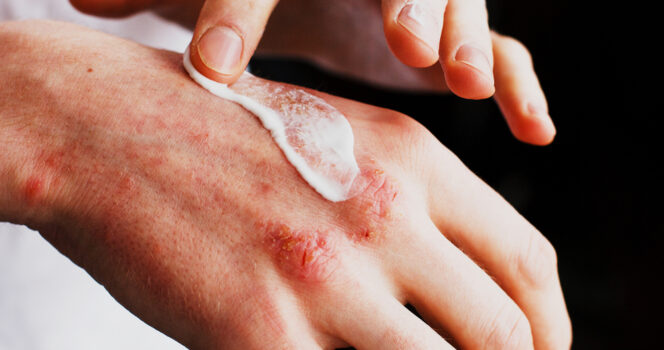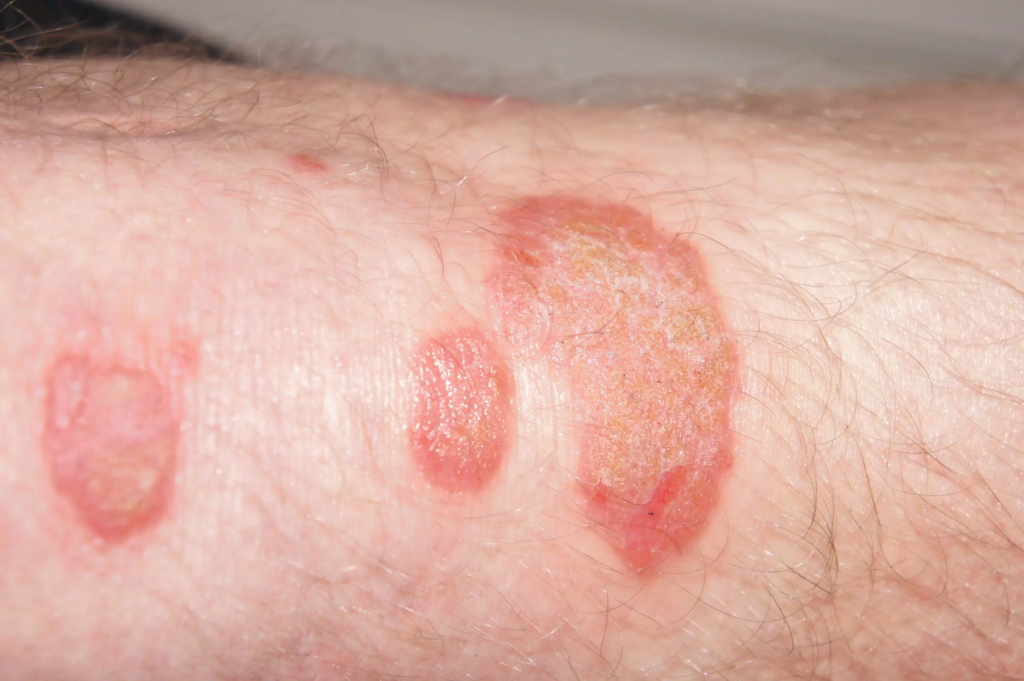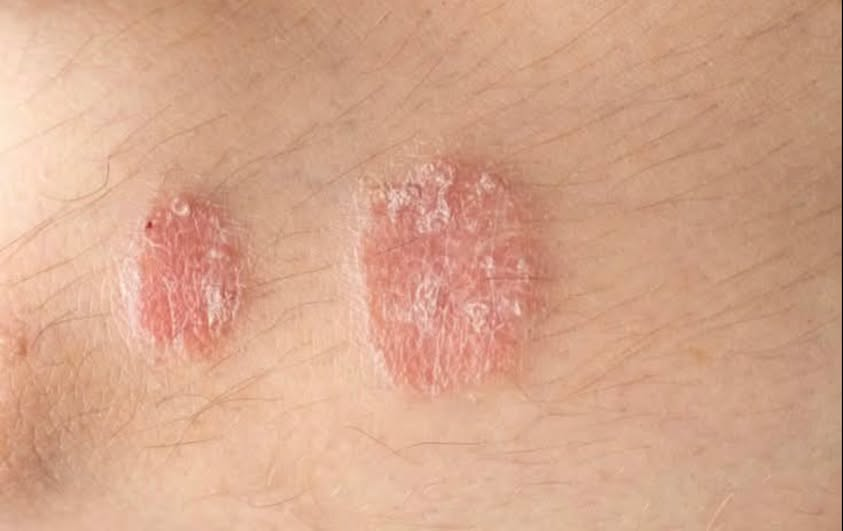Have you ever noticed a weird patch of dry skin and shrugged it off? Or maybe you saw some redness or scaling and figured it was just the weather? Here’s the truth—your skin can act like your body’s early warning system. And ignoring the signs could mean overlooking a deeper problem, like psoriasis, an autoimmune condition that affects more than just your appearance.
Let’s break down exactly what those skin warnings mean, the different types of psoriasis to watch for, and why it’s crucial to pay attention to what your skin is trying to tell you.

What Is Psoriasis and Why Should You Care?
Psoriasis isn’t just a rash—it’s your immune system misfiring. Instead of working to protect you, it speeds up skin cell production, causing itchy, inflamed, and sometimes painful patches.
According to the Mayo Clinic, psoriasis shows up as red, scaly rashes—most often on the elbows, knees, scalp, and trunk. But here’s the kicker: it’s not just a skin thing. Psoriasis can mess with your sleep, concentration, and even joint health.
Over 125 million people globally, including around 8 million in the U.S., are managing this chronic condition. The more you know about it, the better you can spot the signs early and seek help.
Video: What Is Psoriasis?
Plaque Psoriasis: The Most Common Form You’ll Probably See
This one’s the classic version. You’ll recognize it by its dry, thick patches of skin—called plaques—that usually show up on the elbows, knees, scalp, and back. They’re red or pink with silvery-white scales and can be seriously itchy or even painful.
What makes it trickier? On darker skin, it can cause post-inflammatory hyperpigmentation—darkened spots that stick around long after the flare-up fades.
Here’s what to look for:
- Dry, raised, scaly areas
- Red or silvery patches that flake
- Constant itching or burning sensation
If any of that sounds familiar, don’t wait. See a dermatologist and get ahead of it.
Guttate Psoriasis: The Unexpected Spots After Sickness

Ever gotten over a cold or strep throat and then noticed tiny red spots showing up on your torso or arms? That could be guttate psoriasis. It usually hits children or young adults after an infection and appears like teardrop-shaped dots.
What stands out:
- Small, scattered red spots
- Usually follows a bacterial infection
- Common on the arms, legs, and torso
Think of it as your immune system still in fight mode—except now, it’s fighting your skin.
Inverse Psoriasis: The Sneaky Rash That Hides in Skin Folds
Inverse psoriasis doesn’t follow the rules. It doesn’t flake. It doesn’t scale. Instead, it’s shiny, smooth, and red, usually showing up in spots where skin touches skin—under your arms, in your groin, or beneath the breasts.
It thrives on sweat and friction. Think: hot summer days, tight clothes, or constant movement.
What to know:
- Appears in warm, moist areas
- Smooth, shiny red patches
- Easily irritated by sweat or rubbing
If you’re dealing with a rash that won’t quit in those tricky spots, it might not be heat rash—it could be inverse psoriasis.
Pustular Psoriasis: The Alarming Blisters You Shouldn’t Ignore
Video: Psoriasis relief without drugs
This one’s rare but intense. Pustular psoriasis shows up with white blisters filled with pus—but don’t freak out, it’s not contagious. The skin around these blisters turns bright red and inflamed, and it can come with chills, fever, and extreme fatigue.
You’ll often see it on the hands and feet, but in severe cases, it can cover the whole body.
Red flags:
- White, pus-filled blisters
- Red, inflamed surrounding skin
- Fever or chills along with skin symptoms
This isn’t one to wait on—get medical help immediately. It’s your body screaming for attention.
Erythrodermic Psoriasis: The Most Dangerous Type
Let’s not sugarcoat this one—erythrodermic psoriasis is rare, but when it hits, it’s serious. We’re talking widespread redness, peeling, pain, and swelling over large portions of your body. It’s often triggered by a bad sunburn, infection, or suddenly stopping psoriasis medication.
What makes it scary:
- Entire body turns red and sheds skin
- Painful burning or itching
- Can be life-threatening without treatment
This isn’t a rash—it’s a medical emergency. If you ever experience these symptoms, go to the hospital right away.
Psoriasis Doesn’t Stop at Skin—Watch Your Nails Too

Did you know psoriasis can show up on your fingernails and toenails? It can cause thickening, pitting (tiny dents), discoloration, or even nail separation. This often signals psoriatic arthritis, a related autoimmune disease that attacks the joints.
If your nails are acting weird—and your joints feel stiff or achy—it’s time to get evaluated for something more serious than skin issues.
Why You Shouldn’t Ignore These Signs—Ever
Skin is the body’s largest organ, and it’s often the first to show when something’s off internally. Psoriasis might be common, but it’s not harmless. Left unmanaged, it can seriously impact your mental health, sleep, self-esteem, and even lead to arthritis and other complications.
And remember, this isn’t about vanity—it’s about taking your health seriously. Every itch, flake, or rash could be a sign of a deeper issue.
Conclusion: When Your Skin Talks, Listen Closely
Your skin isn’t just your outer shell—it’s a communicator. And when something like psoriasis shows up, it’s your body flashing a big, red warning sign. From itchy plaques to blisters, shiny rashes to nail changes, these symptoms deserve more than a shrug.
So if your skin’s trying to tell you something, don’t ignore it. Talk to a doctor, get answers, and take control of your health. Because when you understand what’s happening on the surface, you can start healing what’s going on underneath.


